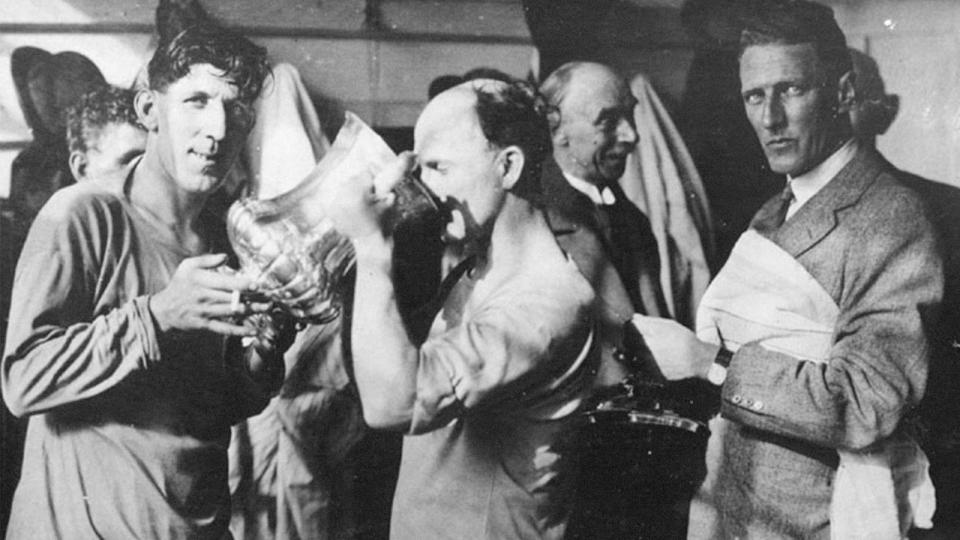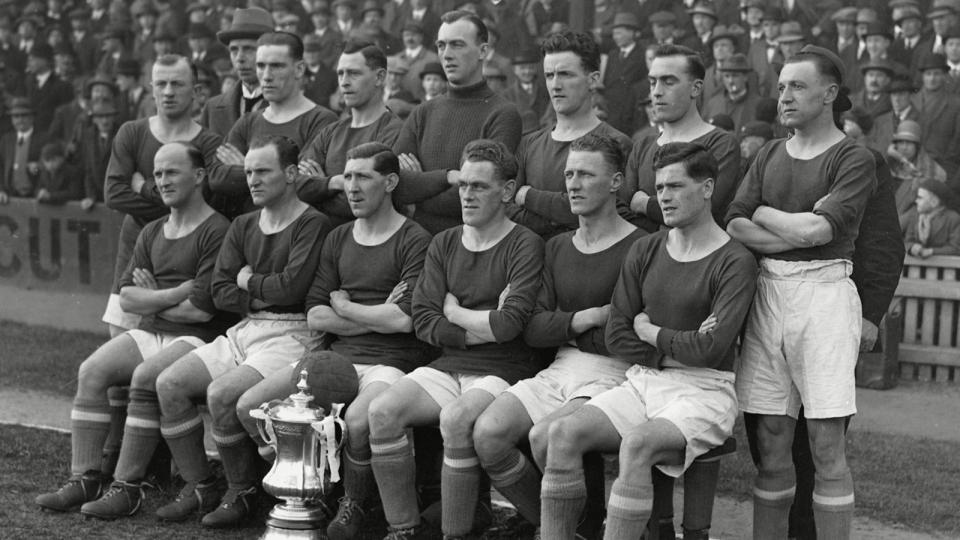At the start of each month throughout this season, we will be remembering the most important moments, matches and milestones from the history of Cardiff City Football Club, proudly celebrating our momentous 125th anniversary.
Around the globe, the 1920’s were a decade of prosperity, growth and decadence – and for Cardiff City FC, that was no different. No period in our illustrious 125-year history has been more successful than this ten-year span, which elevated the Bluebirds into the elite group of British clubs.
After twenty years of progress through the local and lower leagues, the decade began in some style for the Club, who were voted into the Second Division of the Football League (EFL) on 31st May 1920. City were the first Welsh club to be elected; Merthyr Town, Newport County and Swansea Town would all shortly be admitted into the Third Division. The 1919/20 campaign concluded with a fourth-place farewell to the Southern League and another Welsh Cup win, overcoming Wrexham 2-1 in the Final.
The Bluebirds took the Second Division by storm at the beginning of 1920/21, smashing Stockport County – manager Fred Stewart’s former club – 5-2 on opening day. Clapton Orient were the first Football League visitors to Ninian Park, with the two sides playing out a goalless draw in front of 25,000 spectators. A marvellous campaign ended with City winning promotion to the First Division at the first attempt, pipping Bristol City to second spot. However, Birmingham City took the title by the finest of margins, goal average – a fate that would become all too familiar for the Bluebirds.
An impressive Second Division season was enhanced by a brilliant Cup run, as City, now a serious force to be reckoned with, reached the Semi-Finals of the FA Cup. They defeated top flight Sunderland and Chelsea on their way to the final four, the latter being a momentous 1-0 victory in front of 50,000 at Ninian Park thanks to a goal from Arthur Cashmore. Sadly, Wolverhampton Wanderers would triumph in a Semi-Final Replay, with the ties held at Anfield and Old Trafford.
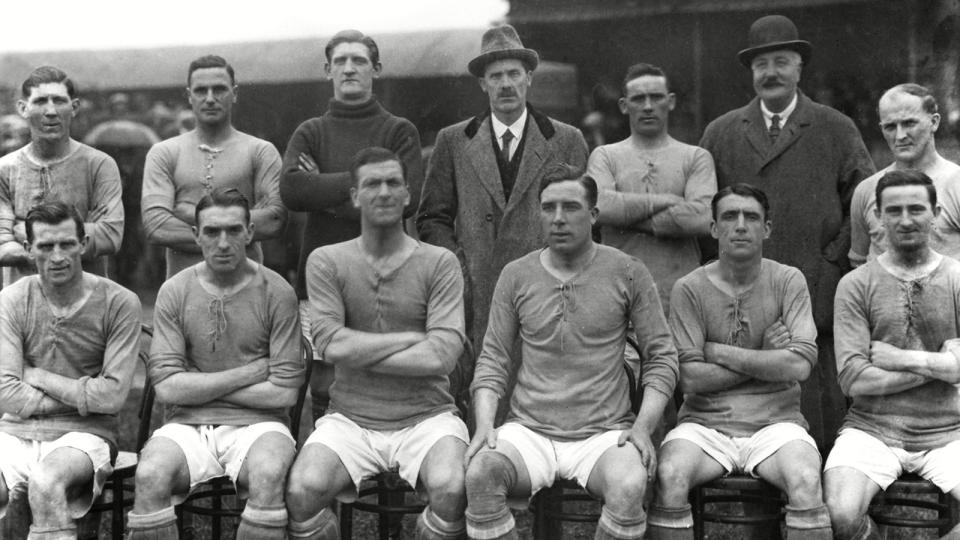
With City now in the First Division, some of the biggest and best names in the sport were making the journey to South Wales on a regular basis. Our maiden match in the top flight was a narrow 0-1 loss against Tottenham Hotspur at Ninian – the first fixture in the First Division to be played outside of England. Stewart’s men finally picked up points with a 3-1 win against Middlesbrough on September 24th, following a run of six straight losses.
That win kick-started a fine spell, with the Bluebirds losing just one of their final 13 games to record an admirable fourth place finish, ahead of the likes of Aston Villa, Manchester United, Chelsea, Arsenal and Everton. George Latham became the club’s oldest-ever player in January 1922 at the age of 42, and Len Davies scored our first Football League hat-trick, against Bradford City.
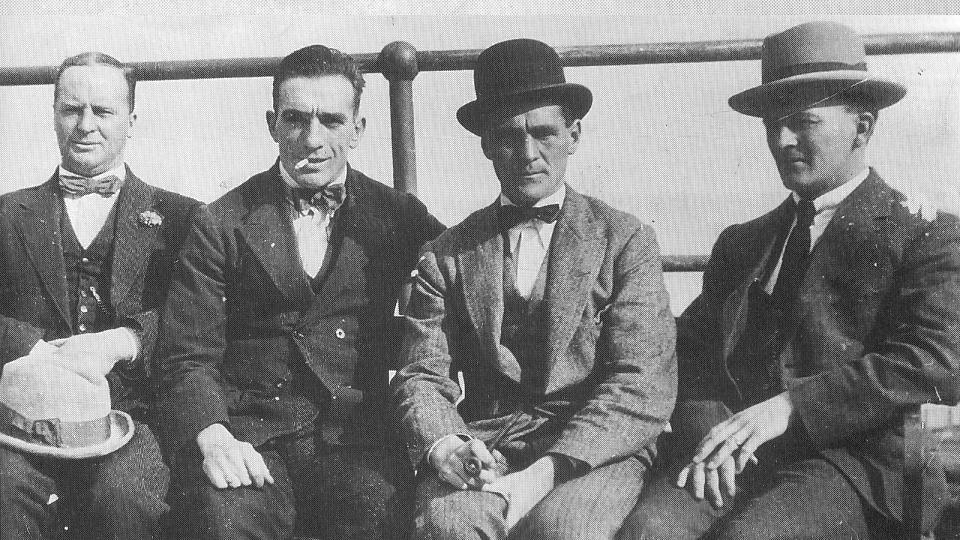
1922/23 was a slight step back, with City finishing ninth, but the 1923/24 season was far more exciting. The Bluebirds had a mighty campaign, opening with an 11-match unbeaten run to set themselves up for a title charge. Every week, crowds were flocking to the Bob Bank – so called because the admission fee was ‘a bob’, one shilling – to see the side play. Davies continued his excellent goalscoring run, netting four in one match against West Bromwich Albion, as City lost just twice in the first half of the campaign.
A poor record of one point from five matches throughout March 1924 re-ignited the title race, with Herbert Chapman’s Huddersfield Town very much in contention. It went down to the last day of the season, May 3rd, 1924. City needed to beat Birmingham to lift the First Division trophy, the highest honour in the land. Yet, a dramatic afternoon unfolded at St. Andrews, with the Bluebirds unable to break down the belligerent Blues. Davies had a golden chance from the penalty spot but couldn’t take it, and with Huddersfield defeating Nottingham Forest 3-0, the title went to them on goal average, by 0.024 of a goal.
Think of Michael Thomas stealing the league for Arsenal at Anfield in 1989, or Sergio Agüero’s stoppage time winner for Manchester City in 2012. The ending of 1923/24 is right up there with them, perhaps the original example of last-day, title deciding drama. Our highest ever league finish, it was a season full of positives that ended in the cruellest manner.
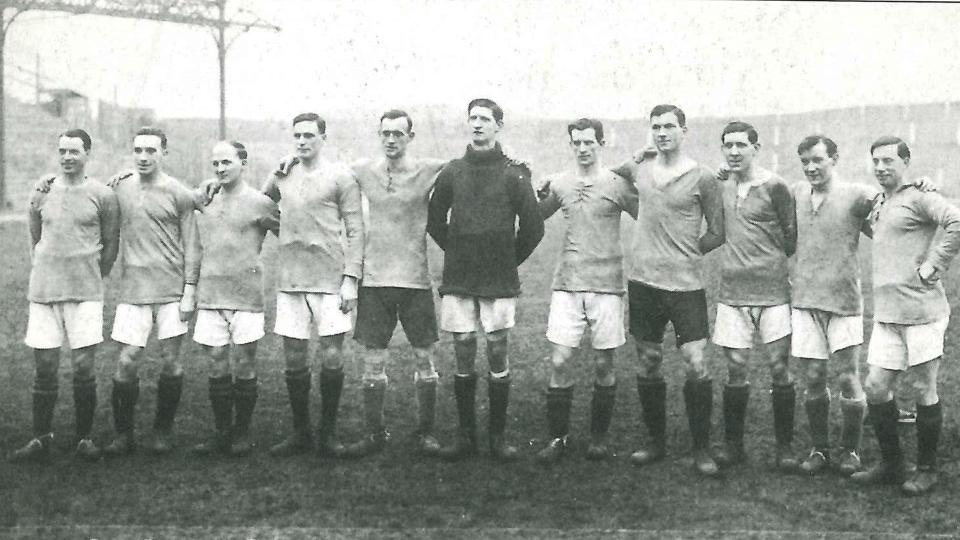
That drama had an impact on our following campaigns – 11th, 16th, 14th – but it was soon to be the FA Cup that Cardiff City craved. Fred Stewart’s side came close in 1924/25, reaching the Final of the competition for the first time.
That run began in strange circumstances – a pair of goalless draws against lowly Darlington meant a Second Replay was required, which the Bluebirds won 2-0. Fulham and Notts County were put to the sword next, before a chaotic tie with Leicester City in the Fourth Round, where City’s Willie Davies scored straight from a corner with seconds remaining.
Blackburn Rovers were beaten 3-1 in the Semi Final at Meadow Lane, meaning Cardiff City became the first team from outside England to reach the FA Cup Final since Scottish side Queens Park in 1885. The ‘Jubilee Final’, the 50th in the history of the competition, took place on 25th April 1925, and, like the title decider a year earlier, City narrowly came up short.
Fred Tunstall scored the only goal of the game for Sheffield United, who took home the trophy. Once again, an outstanding season had ended in pain.
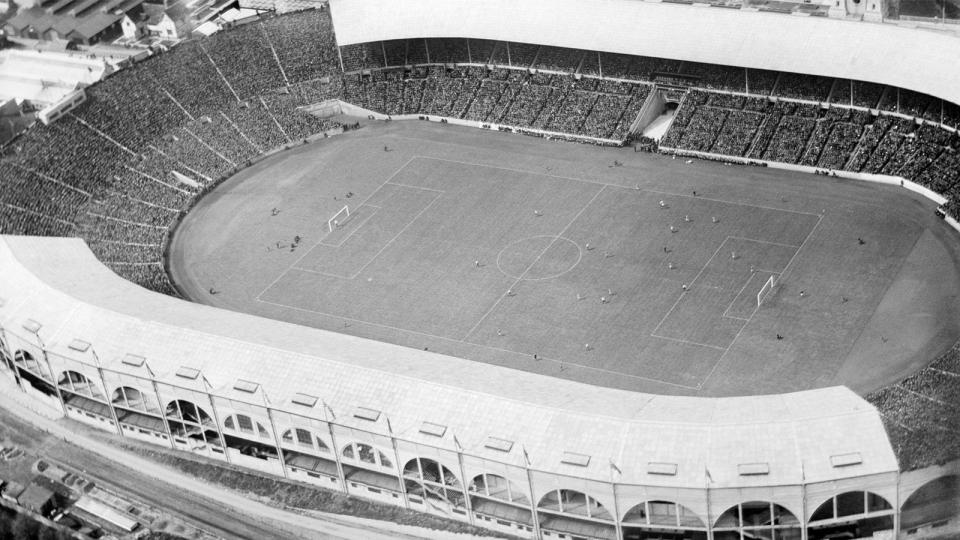
‘If at first you don’t succeed, try, try, try again’, goes the famous proverb. It was at the third attempt that City would get their hands on some silverware, the most famous hour in the history of our Club. Amidst another underwhelming league campaign, the winning Cup run began against Aston Villa. Fitting perhaps, as Villa had been our first visitors to Ninian Park in 1910, but, 17 years later, they were no match for the Bluebirds in a 2-1 win. Our First Round foes from 1925, Darlington, followed, with no replays needed on this occasion as we stormed to a 2-0 win.
It was prior to a Fifth Round tie at Bolton Wanderers that two lucky superstitions took hold for Fred Stewart and his squad. Ahead of the tie against the much-fancied Trotters, the Bluebirds travelled to Southport for a week of training in new surroundings, a tactic that proved so fruitful that it was repeated before every future Round of the competition.
At Southport, the squad inherited Trixie, the lucky black cat who journeyed with the squad at every match for the rest of the season, and went on to enjoy a lavish live in South Wales until 1937. City beat Bolton 0-2 to progress, proving both their Southport base and the addition of Trixie to be most valuable.
City had dispatched Chelsea in Round Four in 1921, and the same was to happen again at the Quarter Final stage in ‘27. This time, the replay at Ninian was memorable for many reasons, none more so than Tom Farquharson’s ingenious (and soon to be outlawed) method of saving a penalty. The Semi Final against second tier Reading, played at Molineux, was a resounding 3-0 success, setting up the Bluebirds’ second Final in three years.
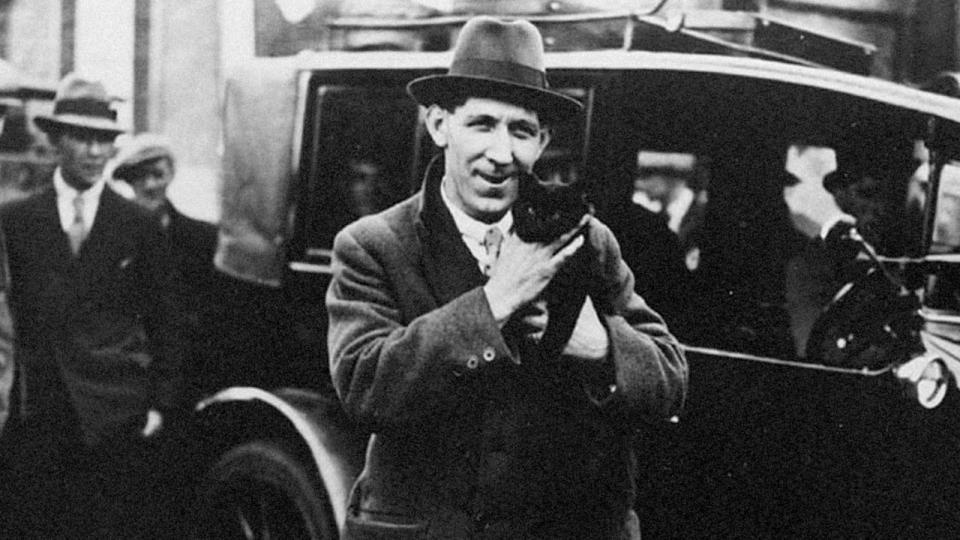
This time, as every Cardiffian knows, the opponents were Arsenal. The Gunners had struggled somewhat in the First Division that season, finishing 11th, but would soon go on to enjoy unparalleled success in the early 1930’s. Having been finalists in 1925, the Bluebirds were far more comfortable with the occasion of a Wembley final than their London rivals. Captain Fred Keenor epitomised the relaxed attitude by striding out onto the pitch and launching the ball into the City half for his teammates to have a few pre-match touches.
According to reports, the match itself was of fairly low quality, but the telling moment will forever be written in Cardiff City folklore. Hughie Ferguson took aim and fired towards goal, with Welsh goalkeeper Dan Lewis fumbling the ball under his jersey and into the net. The rest, as they say, is history.
There are far too many FA Cup stories to tell here in the detail they deserve – Ernie Curtis, who only made his senior debut at the start of the campaign, the defensive stalwart Harry Wake, who was sadly unable to play in the showpiece match due to injury, or the heroics of captain Keenor, who thought he may never play again after being injured in the First World War.
The Cup came to Wales via a day out in Windsor for Stewart and his heroic players, before a raucous reception at Cardiff General Station and then City Hall. Thousands gathered to get a glimpse of their heroes holding the trophy, with the celebrations lasting almost a full week until our First Division fixture against Everton.
Amidst the heroism of our ’27 Cup success, it goes under the radar that the Bluebirds completed a unique double that season. Defeating Rhyl in the Welsh Cup Final meant that Cardiff City had achieved the rare feat of winning cup competitions in two countries within the same season. The silverware didn’t stop there; City returned to London in August to lift the Charity Shield, beating amateur side Corinthians at Stamford Bridge.
The First Division dream came to an end in May 1929, as City were relegated from the top tier. But what a journey it has been. From election in 1920, promotion a year later, a nail-biting title race in 1923 and two FA Cup Finals, it was certainly a glorious decade for the Bluebirds.
